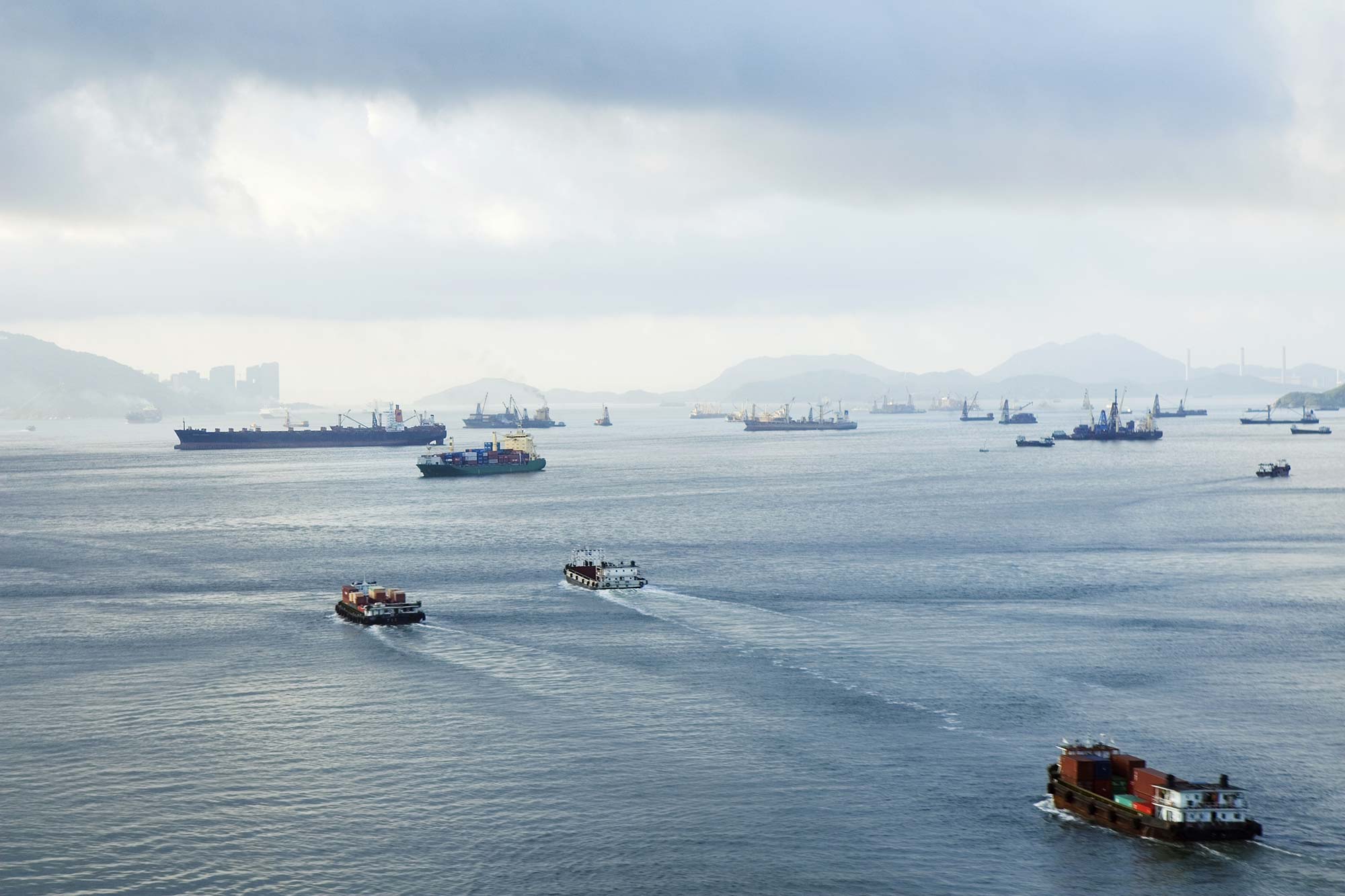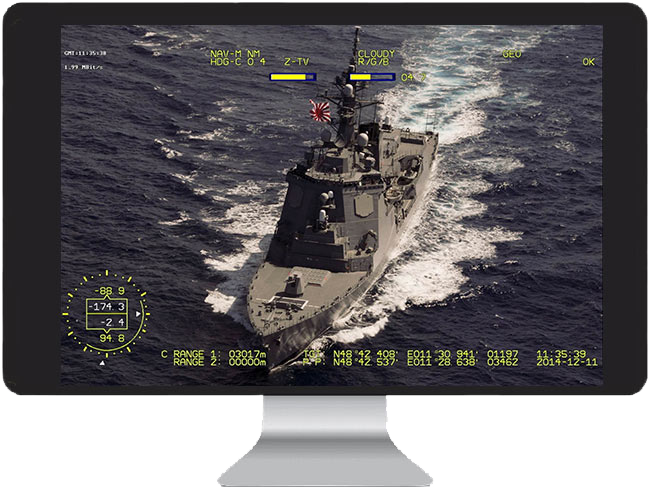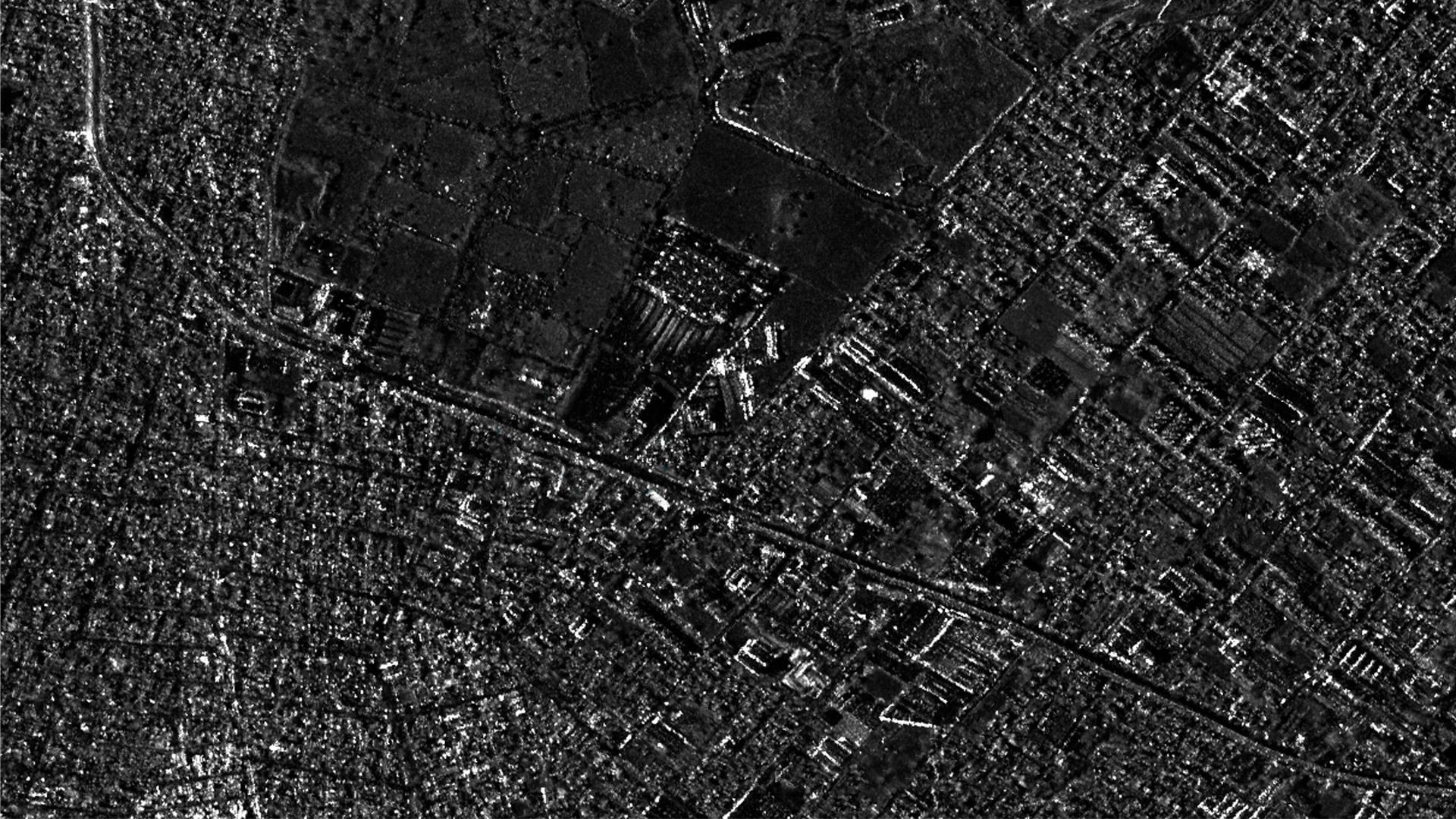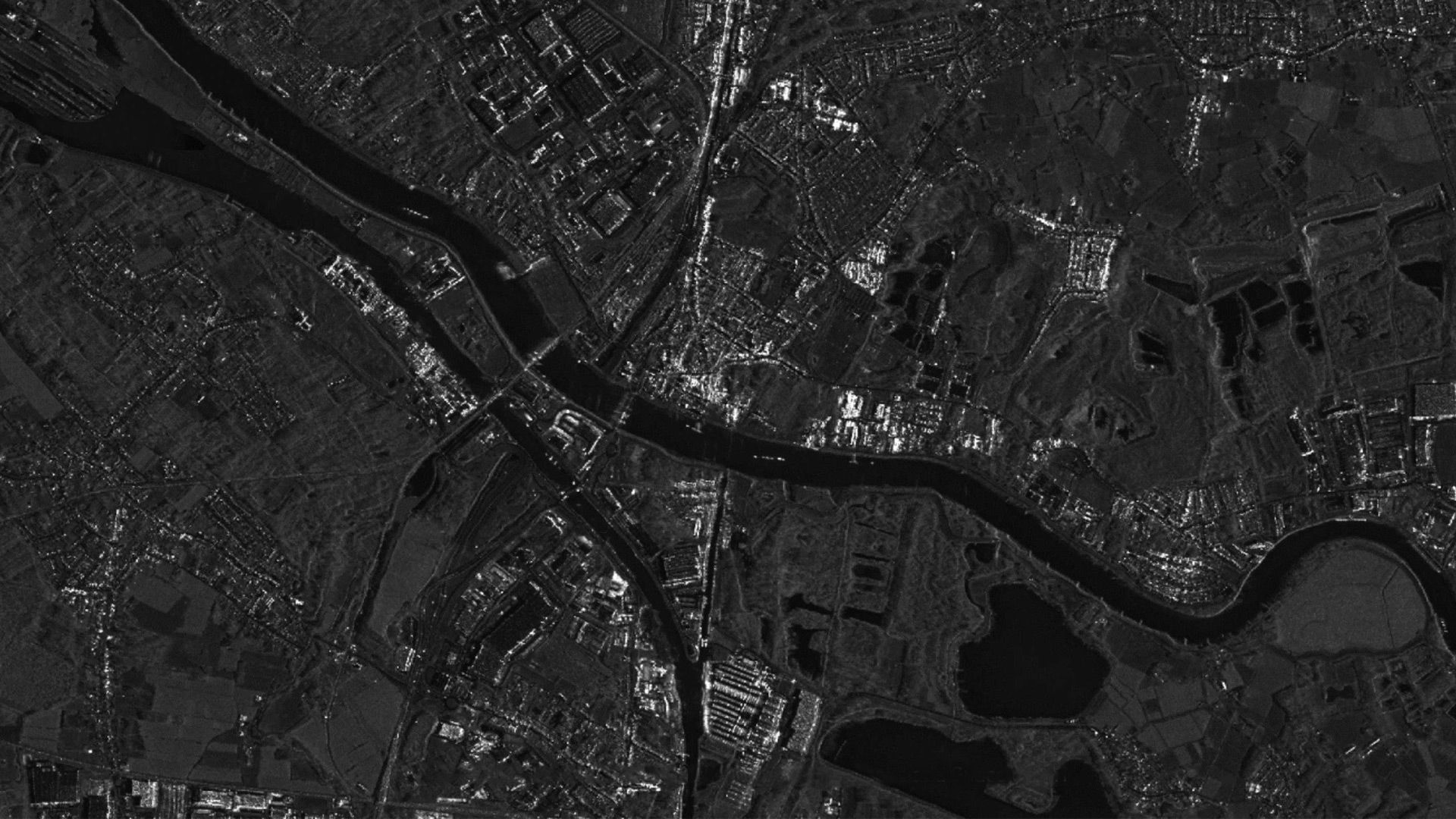
Home
Newsroom
Case Studies
Defence
RECCE Touch Software: Providin...
RECCE Touch Software: Providing Real-Time Results to the Brazilian Navy
The new RECCE Touch software allows the Brazilian Navy to perform real-time on-board object recognition, thanks to a very intuitive interface and a database already containing more than 1,500 objects. This successful first implementation of RECCE Touch paves the way to other applications on-board helicopters, planes, vessels or armoured vehicles in the very near future.
When the Brazilian Navy requested mobile target recognition software - capable of providing real-time results – be included in its contract for eight new H225 helicopters, Helibras (Airbus Helicopters Brazilian subsidiary) turned to Airbus Defence and Space.
The brief called for a solution capable of rapid and reliable object identification in a harsh on-board environment, and operated without a keyboard or mouse - all in low-light conditions. The software also had to work with touch sensitive responsive screens, and be implemented on the existing Fortion® SAMSARA® equipped mission management console.
What is RECCE Touch?
To meet these challenging requirements, Airbus Defence and Space developed RECCE Touch. The unique software is an onboard version of the popular semi-automatic recognition tool, Fortion® RECCE Engine®, which is already operational in over 50 organisations worldwide, and has been purchased by the Brazilian Navy to equip its headquarters. RECCE Touch integrates seamlessly with Fortion RECCE Engine but has been specifically designed to be effective in harsh conditions and can operate via a touch-enabled ruggedised laptop or the onboard console.

Our solution
During mission preparation, preferred recognition keys and databases are exported from Fortion RECCE Engine to the RECCE Touch console. During the mission, the on-board operator uses RECCE Touch to identify – in real time - all targets already present in the database. Recognition is rendered easier by the use of an intuitive man machine interface (MMI) and efficient tools for targets not available in the database. Photographic images are also captured during the mission to further enrich intelligence databases and Fortion RECCE Engine, thus contributing to knowledge capitalisation.

Benefits
- Man machine interface designed to be operated via a touch screen in harsh conditions
- Real-time surveillance and reconnaissance operations
- Night and day display mode to be used in cockpits, ship cabins or armoured vehicles
- Low resources consumption (CPU, memory) adapted to on- board constraints
Want to know more?
Our sales team will be happy to provide you more information about this case study and how it can meet your business needs.



